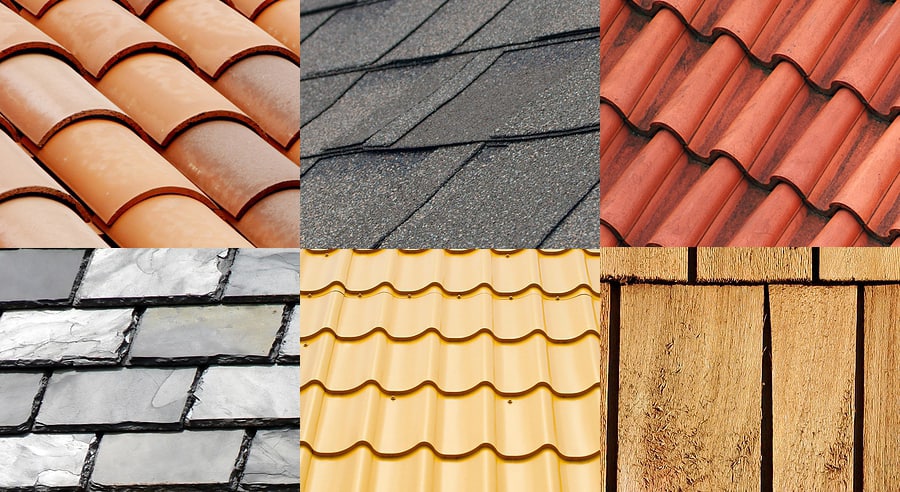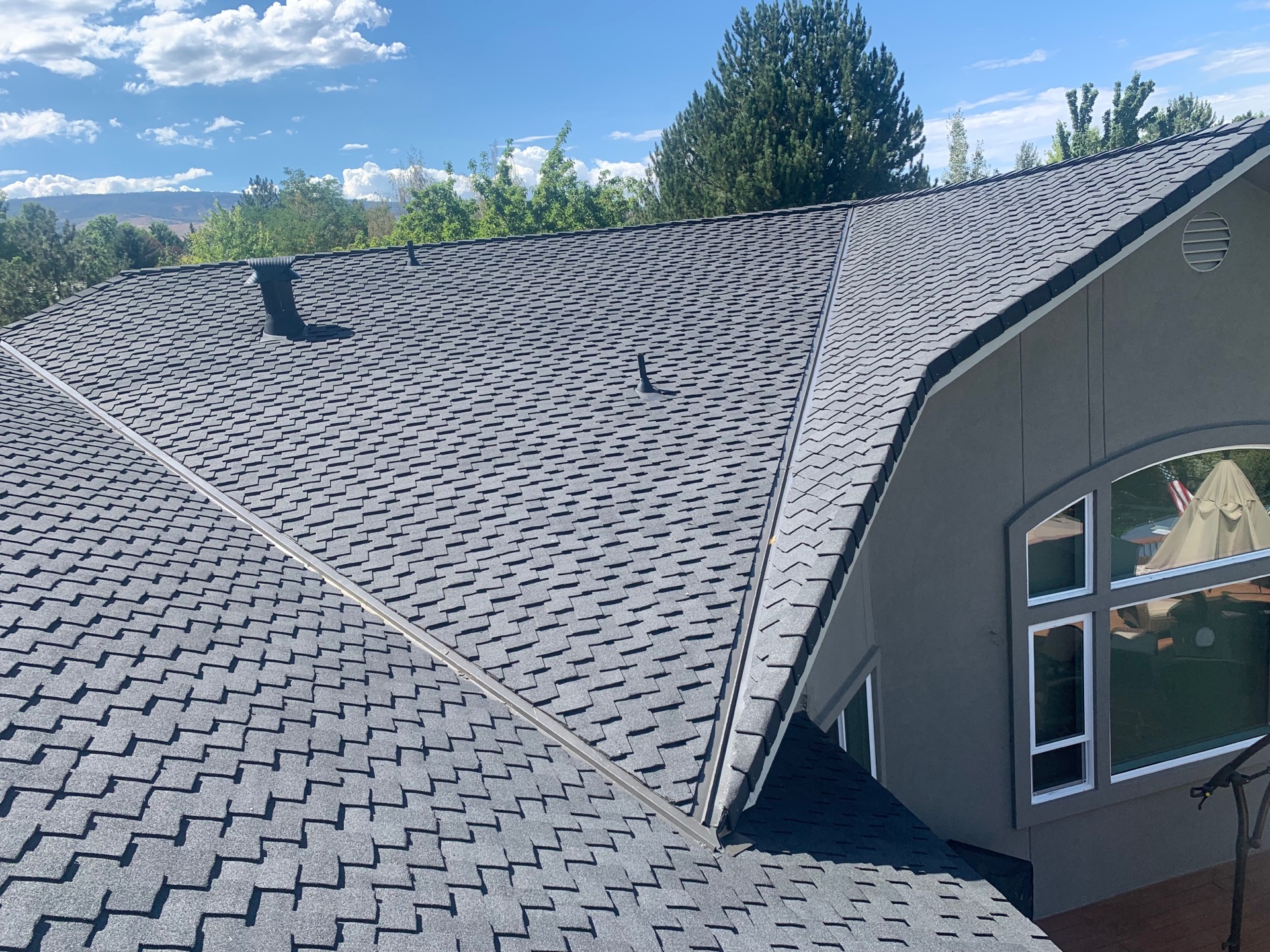Indicators It's Time to Repair or Replace Your Roof for Better Security and Efficiency
Assessing the problem of your roofing is essential for keeping both security and energy performance in your home. Indicators such as noticeable damages, regular leakages, and climbing power bills can indicate that your roofing system is no much longer carrying out properly. The age of the roof covering product plays a considerable duty in its overall integrity. Recognizing these indicators is essential, as neglecting them can result in a lot more serious repercussions. What certain signs should you be vigilant ready to ensure your home continues to be safe and reliable?

Visible Roof Damage
When it pertains to maintaining the stability of your home, noticeable roof damages works as a crucial indication that action may be essential. House owners must on a regular basis check their roof coverings for indicators such as missing roof shingles, curled edges, or bald spots where granules have deteriorated. Each of these problems can compromise the roof covering's capacity to shield the home from the elements.
Additionally, discoloration or dark streaks might show algae development or wetness retention, which can lead to additional wear and tear. Splits or holes are especially worrying, as they can permit water infiltration, resulting in much more comprehensive damage gradually. Furthermore, drooping areas of the roofing system might signal architectural weaknesses that need prompt interest.

It is necessary to deal with noticeable roofing damages without delay to stop escalation right into much more extreme troubles. Involving a specialist professional roofer for a comprehensive analysis can provide quality on the extent of the damage and the very best training course of action. Whether it necessitates fixings or a complete replacement, timely intervention can protect your home and improve its longevity, inevitably protecting its worth and guaranteeing the safety and security of its occupants.
Frequent Leaks and Wetness
Constant leakages and moisture buildup are serious indicators that a roofing system might be falling short, particularly if noticeable damage has already been recognized (Roofing Lockhart). These issues can stem from numerous resources, including worn-out shingles, worn-out blinking, or improperly secured seams. When water passes through the roofing system framework, it can result in not only aesthetic damage but likewise much more extreme architectural problems, such as mold and mildew growth and timber rot
To address these issues, house owners ought to carry out normal evaluations, especially after severe weather events. Recognizing leaks early can alleviate more damage and save money on costly repair services. If leaks are persistent regardless of fixings, it might indicate much deeper issues within the roof, recommending that a total substitute should be considered.
In situations where leaks are regular and repair services prove ineffective, seeking advice from an expert roof covering service provider is essential. Neglecting these indicators might result in substantial damages and increased repair work costs in the lengthy run.
Increased Power Prices
Frequently unnoticed until the monthly costs get here, enhanced power expenses can indicate underlying concerns with your roof covering. A jeopardized roof can dramatically impact your home's energy performance, leading to higher heating & cooling prices (Roofing Lockhart). When insulation is damaged or air flow is insufficient, conditioned air might escape, requiring your cooling and heating system to work tougher to maintain desired temperature levels
Degeneration of roof materials, such as missing shingles or harmed blinking, can produce spaces that allow outdoors air to penetrate your home. This not only affects convenience degrees however also enhances reliance on energy-consuming systems, therefore inflating your month-to-month energy bills.
In addition, if your roofing is not correctly sealed, it can speed up the deterioration of insulation, additional worsening energy loss. Routine evaluations can aid determine problems early, making sure that your roof continues to be a reliable barrier wikipedia reference versus the components.
Age of the Roofing
As roof coverings age, they gradually put on down, making it necessary for home owners to stay alert about their condition. The life expectancy of a roof differs depending upon its products; asphalt roof shingles typically last 20 to thirty years, while steel roofing systems might withstand for 50 years or more. Recognizing the age of your roofing is critical for effective upkeep and planning for replacement.
When examining the age of your roofing system, take into consideration factors such as climate exposure, upkeep background, and the installment quality. A well-maintained roof might perform efficiently even as it approaches the end of its anticipated life-span. However, indicators of damage can arise long before the roofing reaches its age limit, including cracking, crinkling, or discoloration of products.
Property owners should maintain in mind that an aging roofing system can cause increased danger of leaks, structural damages, and power ineffectiveness. If your roofing is nearing its expected life expectancy, it is important to speak with a roofing expert to evaluate its condition and discuss potential repair or replacement choices. Staying aggressive about roof covering upkeep can ensure the safety and effectiveness of your home for many years to find.
Shingle Granule Loss
Tile granule navigate to these guys loss is an usual indication of a roof covering's declining health, especially as it ages. The granules on asphalt shingles serve an important objective-- they offer security against UV rays and improve the roof shingles' resilience. Over time, climate condition, such as heavy rainfall, hail storm, and extreme sunlight, can increase granule loss, bring about substantial susceptabilities in the roof product.
When examining your roof covering, try to find indicators of granule loss, such as bare patches on tiles or granules collecting in gutters and downspouts. These aesthetic hints recommend that the tiles are stopping working and may no more properly protect the hidden products from moisture damages. Along with the visual implications, granule loss can cause structural troubles, including leaks and water infiltration.

Conclusion
Finally, recognizing the indications of roof deterioration is crucial for keeping safety and power effectiveness in a home. Visible damage, constant leakages, rising energy expenses, the roof covering's age, and shingle granule loss all function as crucial indicators of the need for fixing or substitute. Proactive evaluation and prompt intervention by roof covering specialists can reduce more damages, boost architectural stability, and ensure optimal efficiency of the roofing system, consequently safeguarding the home and its residents.
Indications such as noticeable damage, constant leaks, and climbing energy expenses can show that your roof is no much longer doing properly.When it comes to preserving the honesty of your home, visible roofing system damages serves as a vital indicator that activity might be needed.Regular leaks and dampness accumulation are significant indicators that a roof may be failing, specifically if visible damages has currently been identified. The life-span of read the article a roofing differs depending on its materials; asphalt tiles usually last 20 to 30 years, while steel roofs may endure for 50 years or even more. Noticeable damages, frequent leaks, climbing power expenses, the roofing system's age, and tile granule loss all offer as vital indicators of the requirement for repair or replacement.